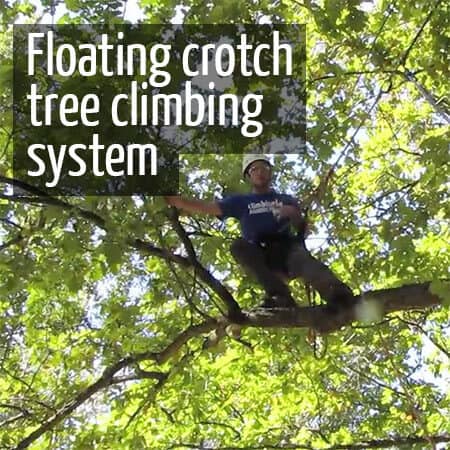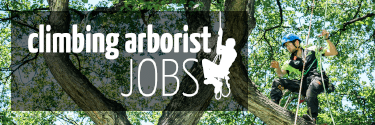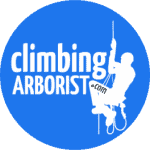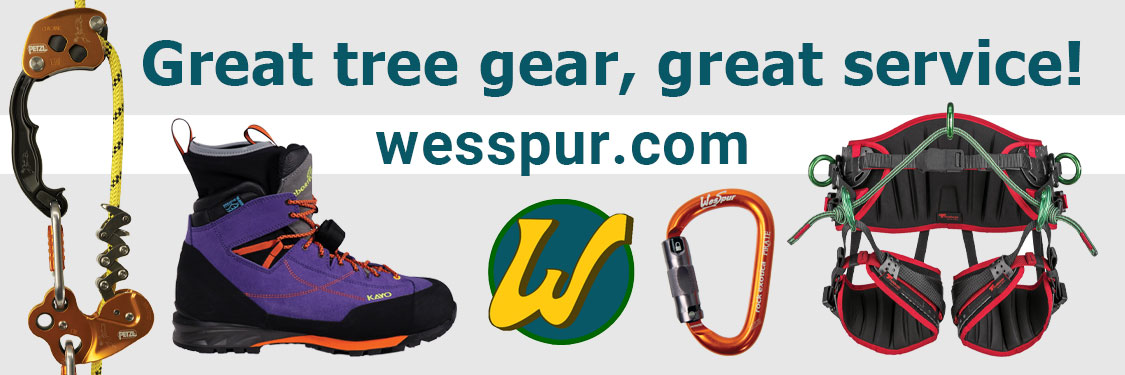Click the images to play videos of advanced tree climbing techniques, which enables tree climbers to safely access and move around the tree quicker and more efficiently while using less energy, improving work productivity and giving the climber more skills to use when faced with different scenarios.
Soft / safe retrieval of a friction saver
Soft / safe retrieval of a friction saver
We show you 4 options of safe and soft retrieval of your friction saver so that you dont damage the metal parts and potentially risk the structural integrity.
00:00:00 - Intro
00:00:36 - Option 1 Pass throwline or rope over a branch abover friction saver then clip to friction saver in the canopy. This line will then be used to control the retrieval. It can also be used to pull back up incase the friction saver gets stuck in a union.
00:02:44 - Option 2 Throwline high into the canopy, ensure throwline comes down the exact path of your rope. Clip throwball to the tail end of your rope above the friction hitch. Pull the ball as high up as possible. Retrieve the friction saver and the use the throwline to control decent.
00:05:13 - Option 3 Tie throwline onto eye of rop next to retrival ball. Retrieve ring and ring saver as normal. Throwline will loop over the tie in point and create 4 legs of throwline to conrtol descent.
00:06:12 - Option 4a Use the tail of your rope , place it over a limb on the way down. Tie a bowline around the part just above your hitch. Descend to the ground. retrive as normal and the friction saver will catch on the bowline on the end of your rope.
00:08:52 - Option 4b Use a throwline from the ground instead of the tail end of your rope, but the same principle as option 4a. #climbingarborist #Arborist #TreeWork
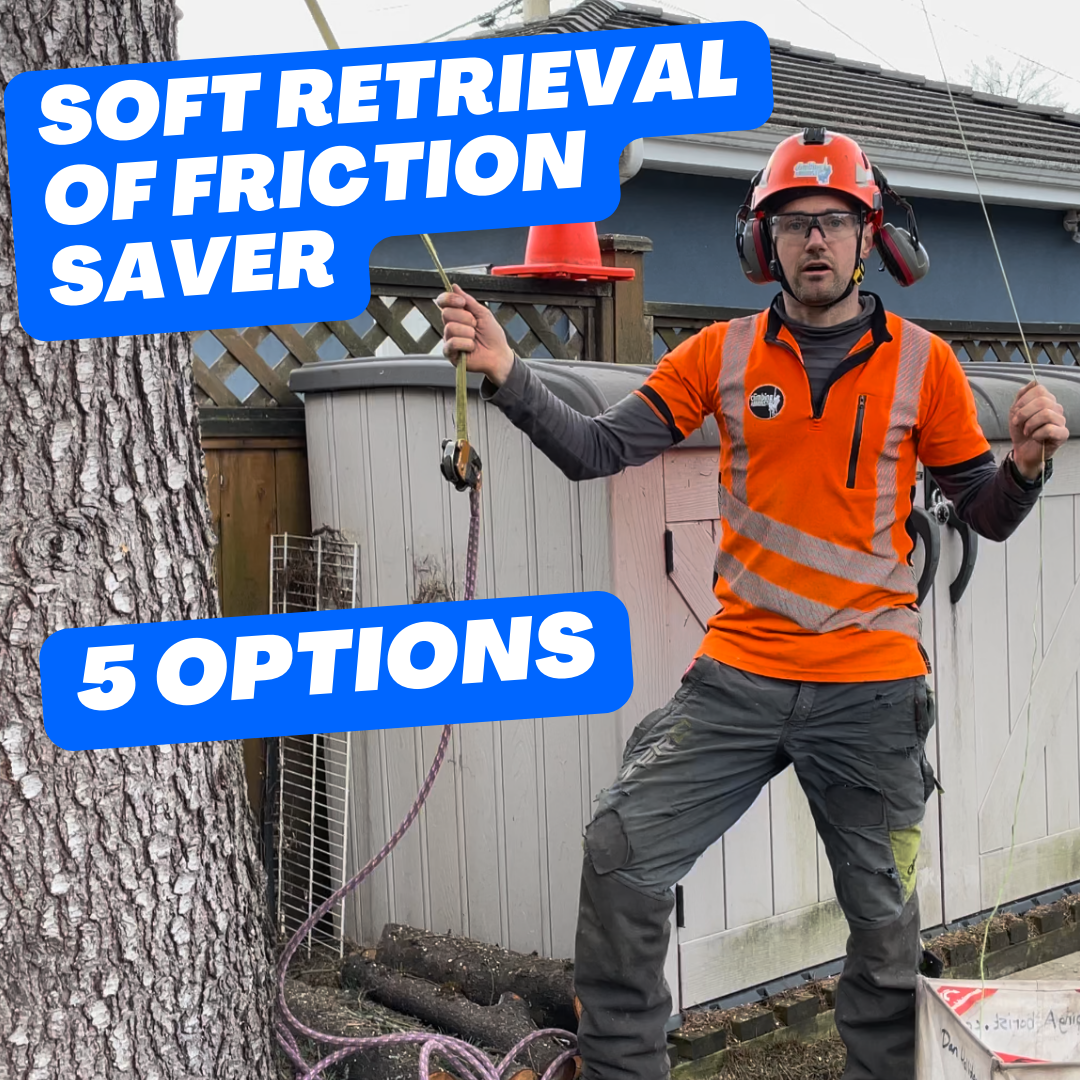
SuperFish retrievable redirect tutorial for SRS / SRT tree climbing
SuperFish redirect
The Super fish redirect is one of, if not the most simple retrievable redirect options for a stationary rope system.
In this video Dan explains the idea behind the redirect and the equipment needed. He shows the setup with an in depth explanation of everything you need to know about climbing with this redirect. Dan demonstrates the ease of retrieval from in the canopy, and on the ground.
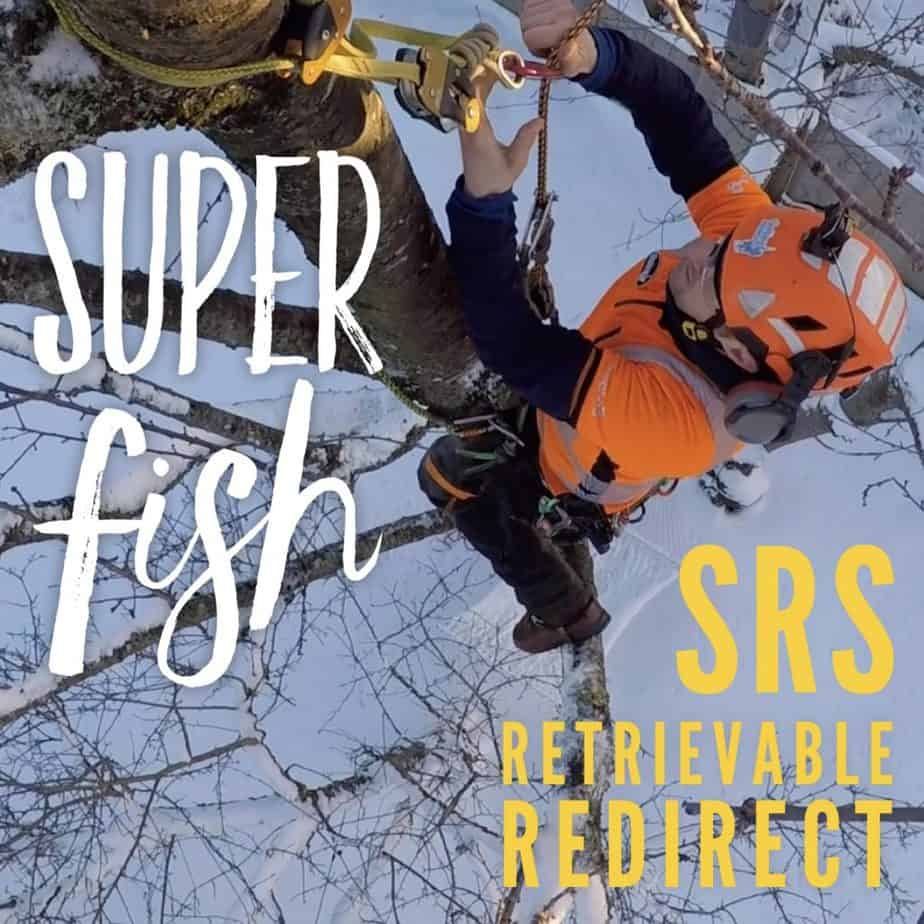
Stuck friction saver retrieval
Flagpole technique, Pony tail redirect
Dan shows how useful the flagpole technique is when climbing on a moving rope system (M.R.S) , saving time and energy. Dan the walks through the system step by step so you can see clearly, and understand it is actually quite simple when you are familiar with this technique.
Practice this a few times on the ground until you understand it, then put this into your bag of tricks. It will bring a big smile to your face when you get the right opportunity to use it.
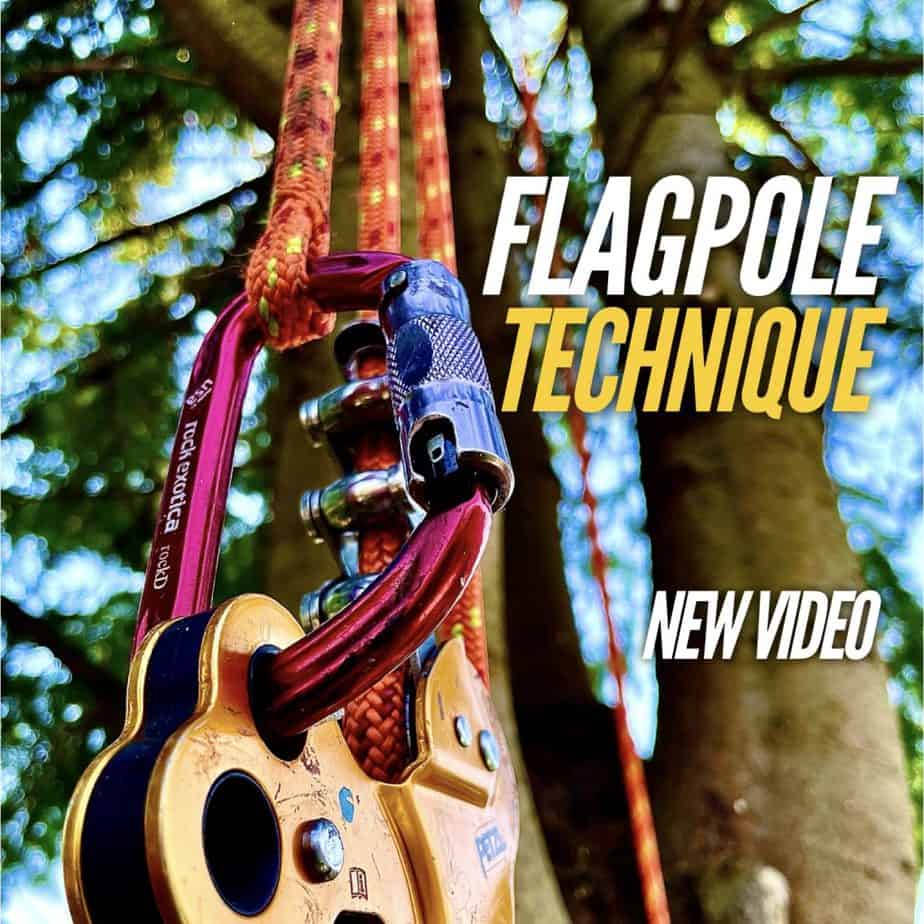
Stuck friction saver retrieval
Do you ever have one of those days when things just won’t go right?
The next time you have one of those days and your friction saver doesn’t come down, pull this little party trick out and impress the rest of your crew.
In this video we show you 2 method of rescuing your friction saver from the ground.
The first method is for when the friction saver gets stuck in a fork or caught on a stub.
The second method is for when you forget to attach a retrieval ball and pull your rope out but the friction saver stays in the tree.
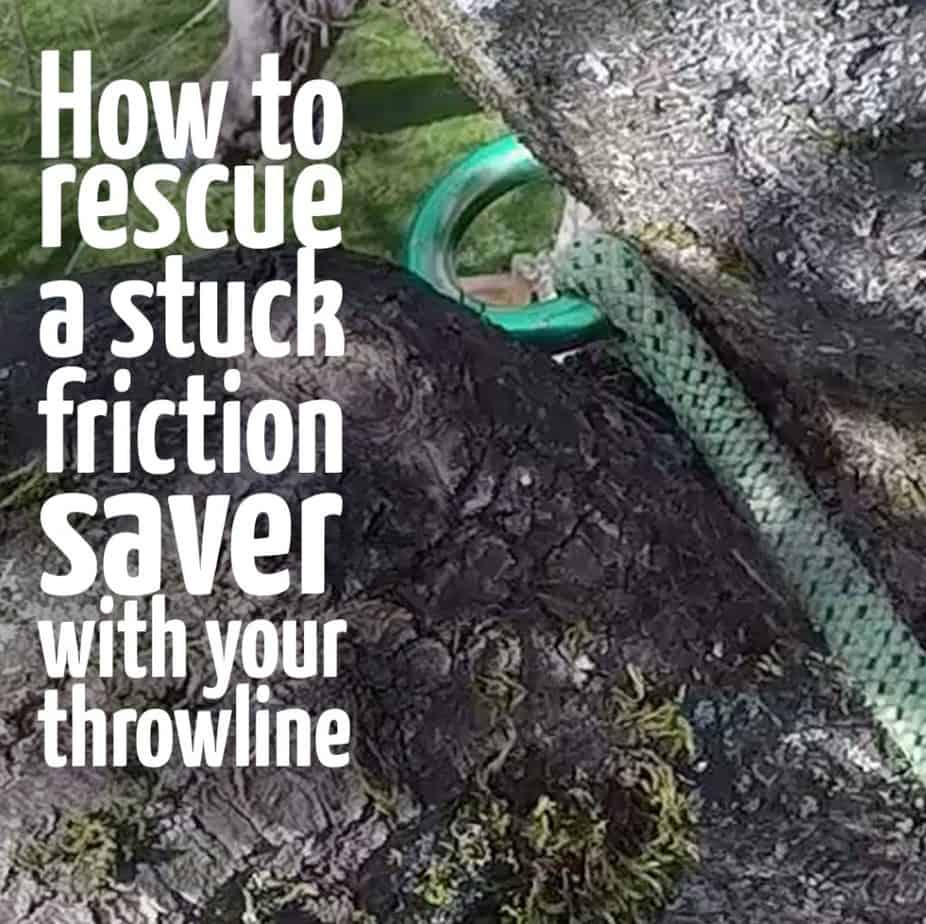
Throwline tips & tricks
Tips & Tricks
Here are a few options for working the throwline down/along a branch, or over a stub or wound to help get the rope to drop into the intended fork.
These are great little tricks to help out in the real world, and potential save you from having to throw again when you have already hit a good target.
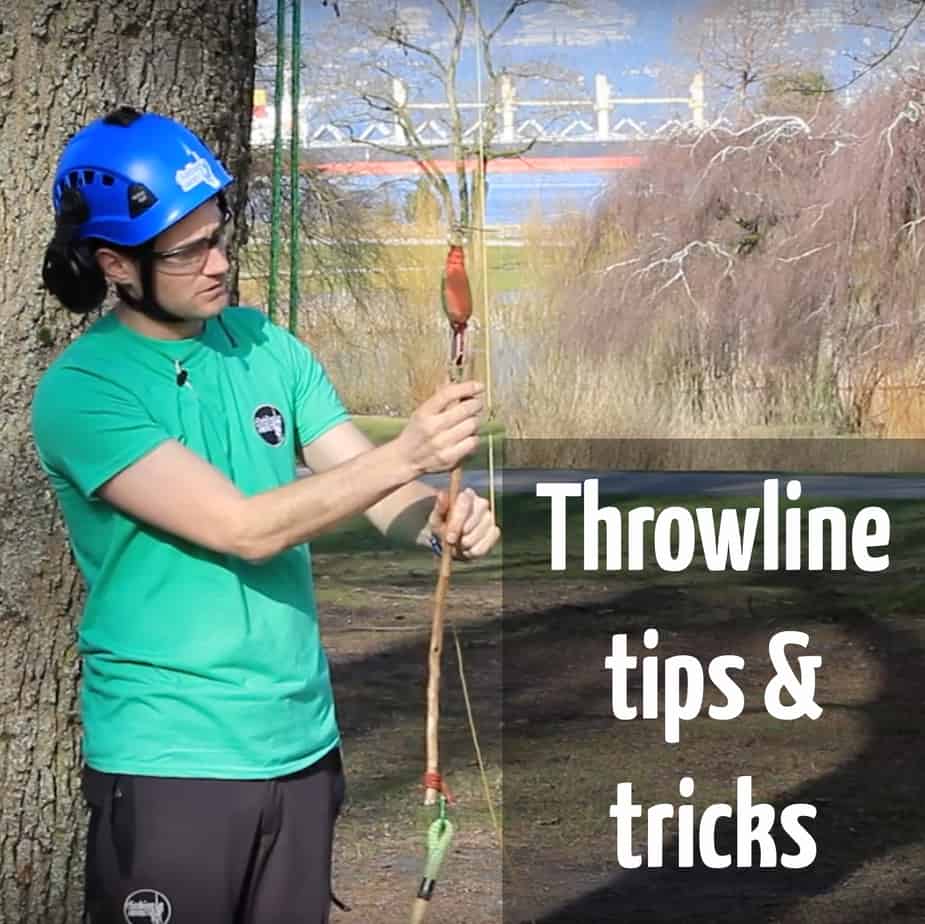
Installing/retrieving a friction saver
Uses:
To install a friction saver and rope while on the ground to make the ascent easy.
To retrieve the friction saver from the ground in a safe and controlled manner once the climber is finished in the tree.
Additional info:
Prevents any chance of the friction saver getting stuck in the tree, or the rope not pulling through the rings of the saver.
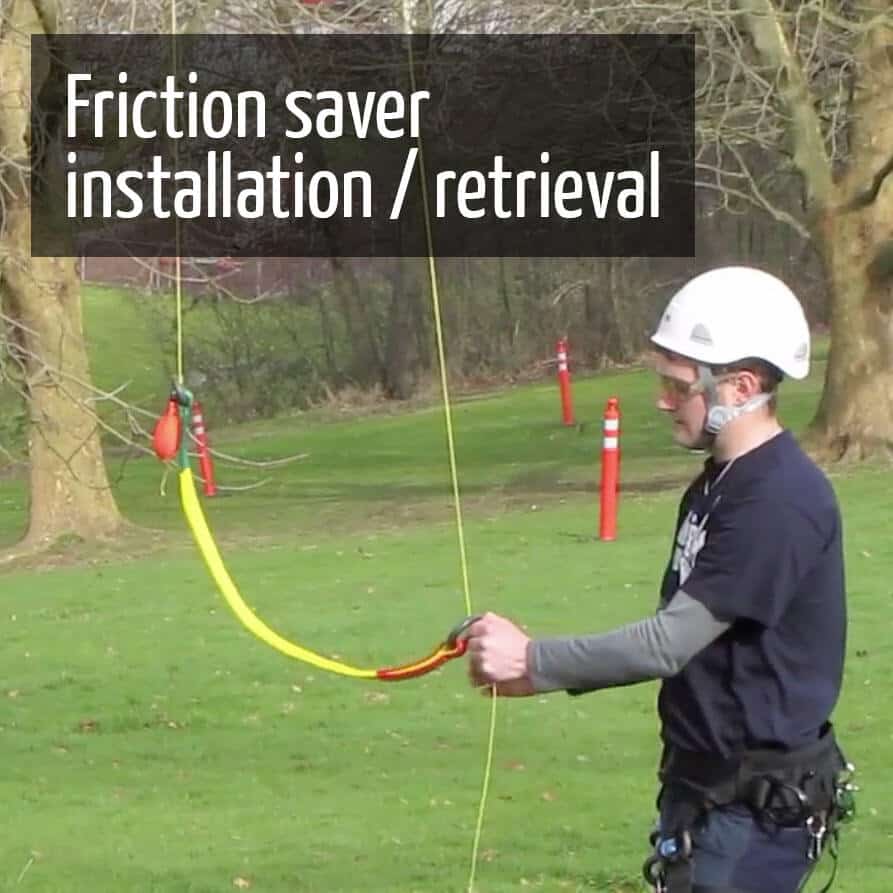
EJECT REDIRECT retrievable redirect for moving rope system
This is a completely new concept for a retrievable redirect we have come up with. The reason the technique is new, is that it incorporates the Petzl Eject device that is new to the tree care industry (2021). This technique utilizes the unique release function of the Petzl Eject to make this redirect retrievable by the climber while they are still in the canopy. Having a redirect that is easily retrievable can make it extremely useful and very efficient in the right situations. Redirects are a great tool/technique to know, and to elevate your range of skills, but they are not a technique that most climbers would use on a day to day basis.
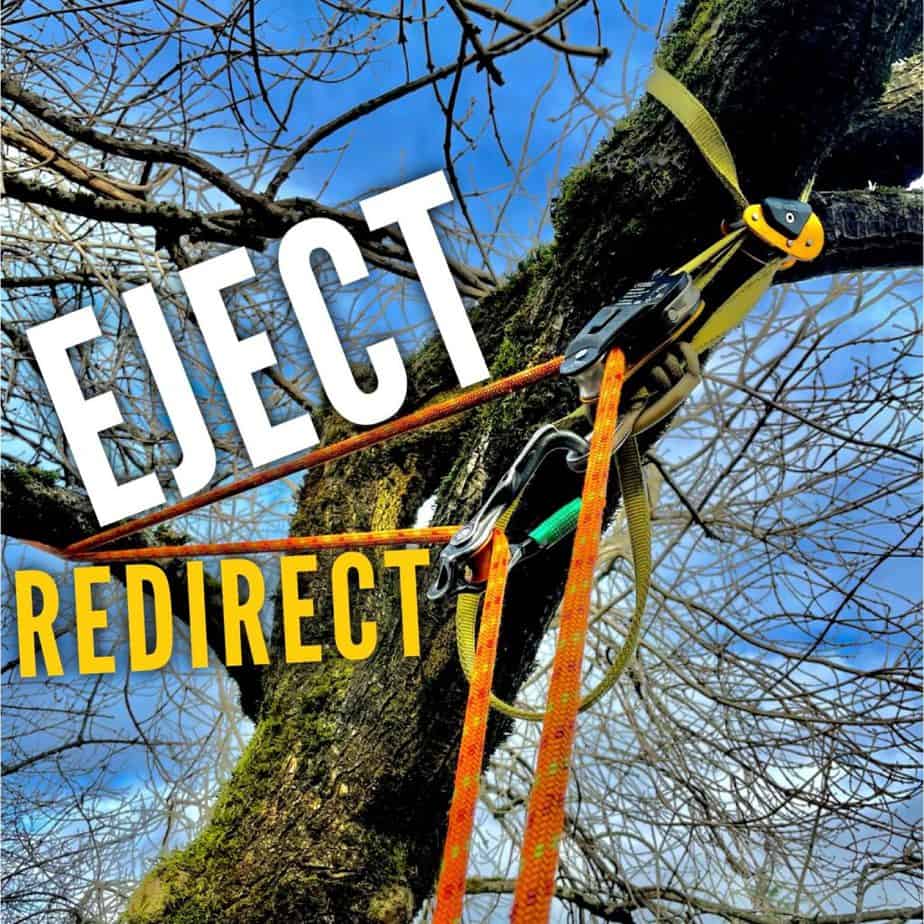
Rope Wrench configuration
A demonstration of setting up/configuring a stationary rope technique(SRT) climbing system using the rope wrench. Showing a setup using a triple attachment pulley and a single attachment fixed side plate micro pulley.
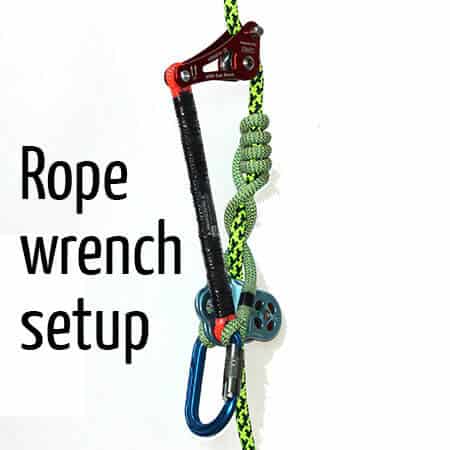
A brief introduction to 'Single rope work positioning'
Single rope work positioning has played a huge part in the evolution of the tree work/climbing industry in recent years.
It has moved things a step further from using single rope techniques purely for access, now the tree climber can work his/her way around the canopy on a single leg of rope. This brings with it lots of advantages over the traditional 'doubled rope' method of which some are highlighted in this introduction to S.R.W.P.
Important information
Specifically designed hardware must be used to work on a single leg of rope.
Climbers must always familiarise themselves with the correct techniques when trying new methods of climbing, and must always practice low and slow to build confidence and to get to know the equipment.
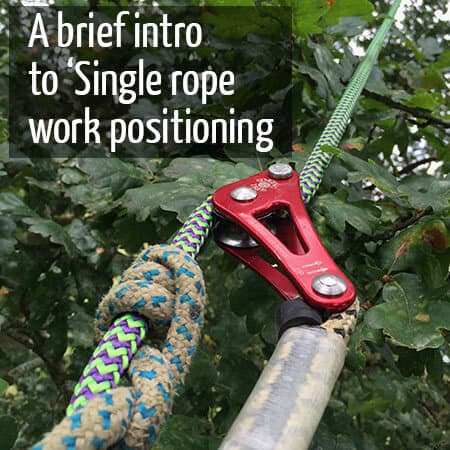
S.R.T Base anchor setup (lower-able system)
Uses:
Used to tie one end of a static line at the base of the tree, so an S.R.T system can be used.
Provides the option of the climber being belayed by their ground staff in the case of an emergency.
Additional info:
This system is easy and quick to setup and requires no expensive descending/belay devices.
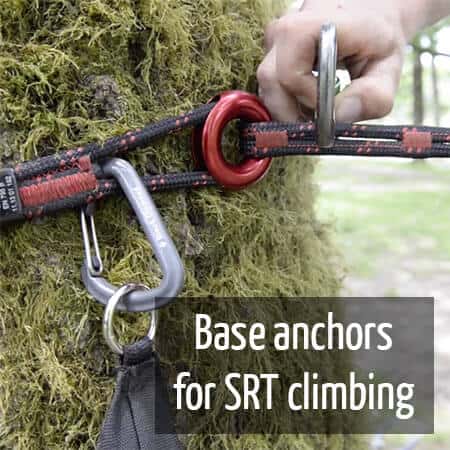
SRT/SRS retrivable redirect
Description:
Dan demonstrates a great retrievable redirect for SRS (stationary rope system) / SRT (Single rope technique) . This technique allows the climber to redirect around a limb with the ability to pull out the redirect from anywhere in the tree that is safe to lanyard in, or on the ground. The redirect itself takes no additional hardware, just a carabiner clipped to the rope to retrieve the redirect.
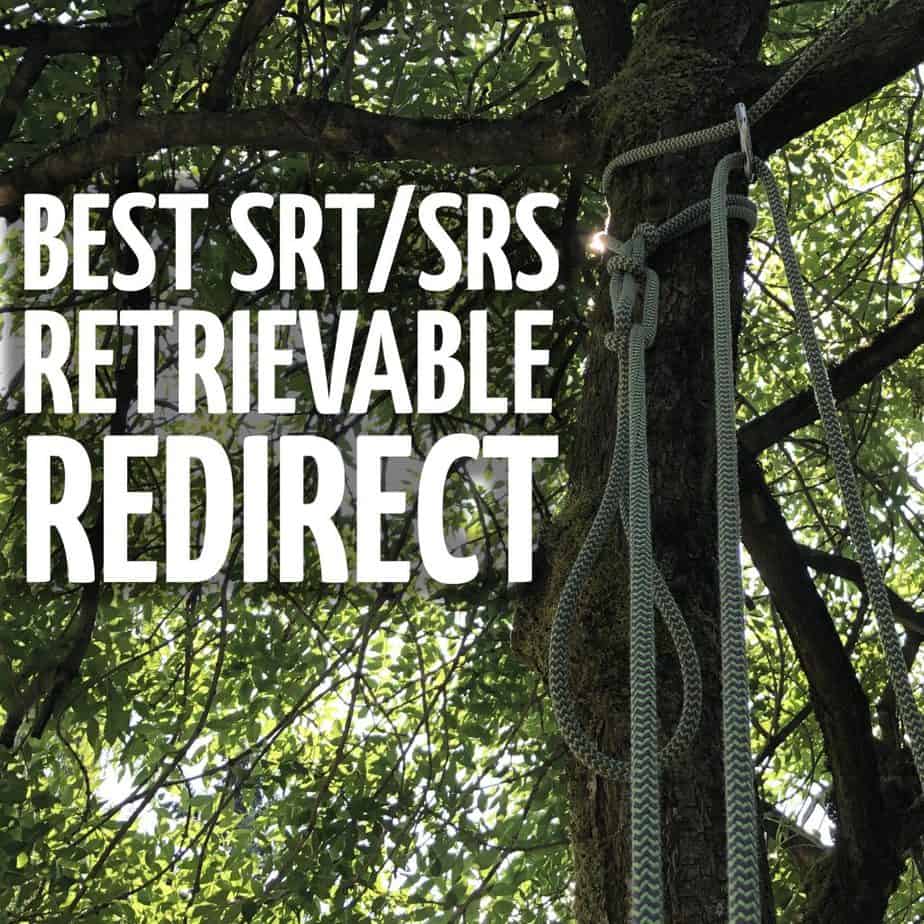
Slack tender on a Prusik hitch
Uses:
The pulley helps tend the hitch so there is never slack in the system while ascending.
Prevents the climber holding their weight because they don't need to advance the hitch.
Additional info:
This system works superbly well working from a pulley / pulley saver. The best setup seems to be when a small thin section of webbing is used in place of the mini ascender.
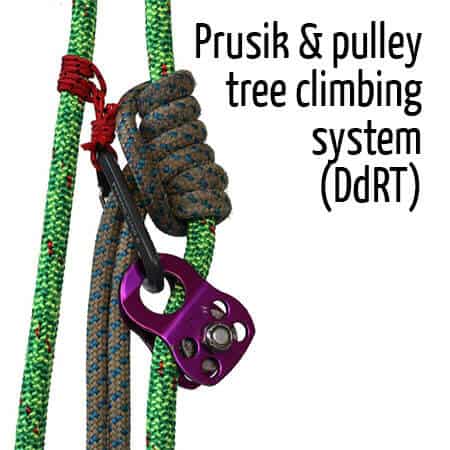
O-rig system
This system is based on the popular hitch climber setup.
It differs in a way that the climber can adjust the position of the hitch climber pulley in relation to them self. The benefit of this means the climber can move the pulley away from them self for ascent, and can pull down on the rope from above having the system constantly tend the slack with each pull of the rope, therefore eliminating the need to tend the slack separately.
The hitch climber pulley can then be adjusted back down the line for branch walking and general pruning tasks.
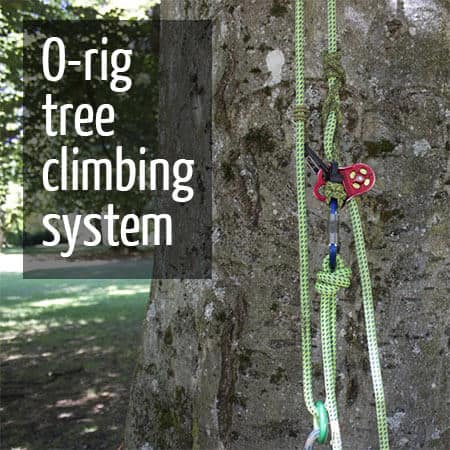
False crotch setup
Uses:
Provides a frictionless double rope climbing system.
Provides the option of the climber being belayed by their ground staff in the case of an emergency.
Retrievable frictionless system.
Additional info:
This system is great for climbers that prefer to work D.R.T but can be lowered to the ground in the case of an emergency.
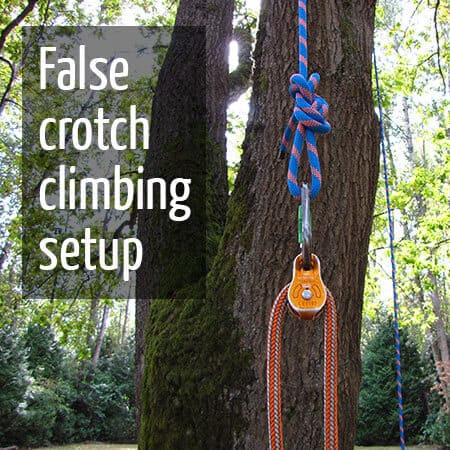
Pulley Saver Installation and safe retrieval
A demonstration on how to install a pulley saver friction device from the ground, and then how to safely retrieve it in a controlled manner to prevent the hardware impacting the ground.

Single rope technique (SRT) Frog walker system
The frog walker system is a great skill to have once you are an accomplished climber. It is a very effective and efficient way of accessing the upper canopy of tall trees easily and reducing the energy used in alternative doubled rope climbing systems. It also has the added benefit of not having to isolate a limb to set the system, so for tall conifers and dense canopies of broadleaf trees it can make life much easier with a throw line.
This system is for access only when setup with the configuration shown.
When climbing on this system the climber must always have two points of attachment to the climbing line.
It is imperative that the climber fully understands this system before use and understands the loading forces when using a base tied anchoring system.
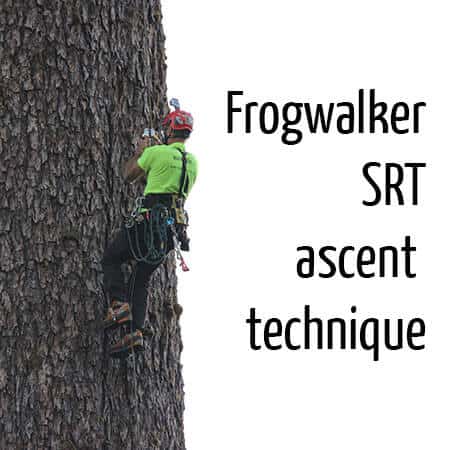
Static footlock
Uses:
To ascend a doubled section of rope to access high in the crown of a tree quickly, using a combination of arm and leg strength and good technique.
Additional info:
This technique is probably the hardest to master in the industry, it requires lots of practice to get a smooth technique and build up the strength needed, but once mastered is a brilliant tool to have in your bag of tricks.
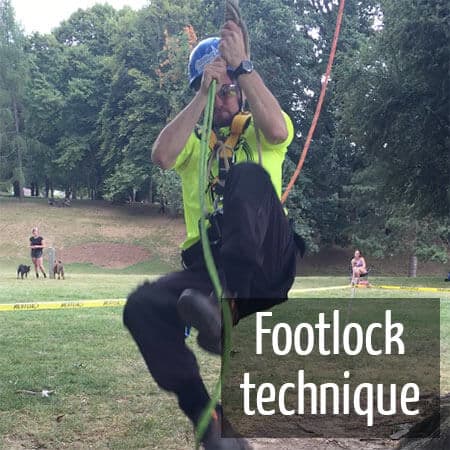
Floating crotch system
Uses:
Enables a climber to ascend S.R.T or static footlock and quickly switch to a frictionless regular climbing system to work on ascent.
Provides a frictionless double rope climbing system.
Provides the option of the climber being belayed by their ground staff in the case of an emergency (only when system is on a single rope).
Retrievable frictionless system (only when system is on a single rope).
Additional info:
This system is great for climbers that prefer to work D.R.T.
